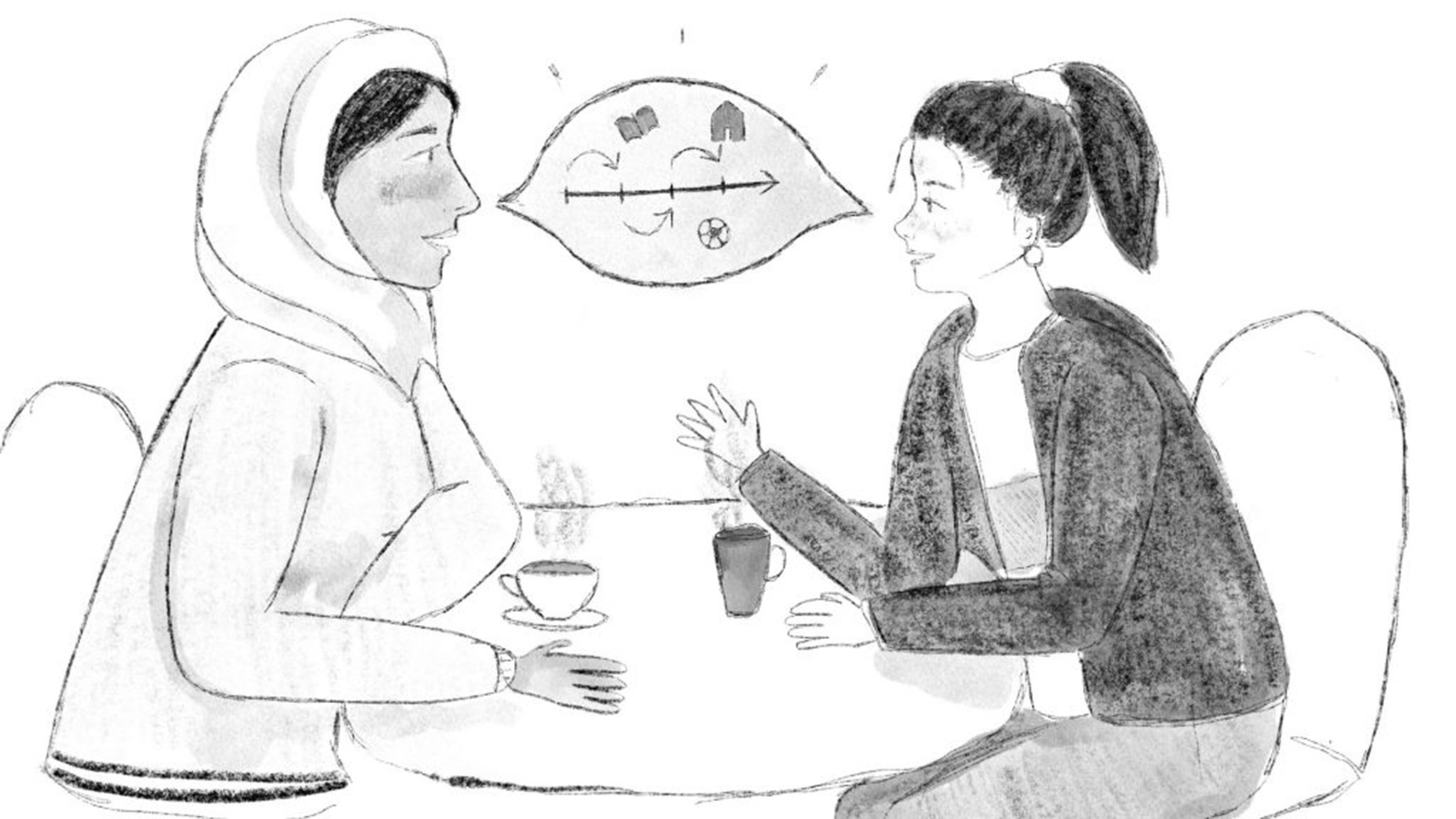
The Case for Change: No Wrong Door shows the way
blog | Words Siobhan Edwards | 17 Jun 2021
A picture paints a thousand words, they say, so what better way to explain a fresh approach to children’s social care to staff, young people and their families than through an animation?
As Josh MacAlister’s independent review of children’s social care, The Case for Change, is published, it is clear that many of the ingredients for change have already been identified and built into the No Wrong Door project pioneered by North Yorkshire County Council (NYCC), and already scaling in eight local authorities. This project turns support for young people on the edge of care on its head. Rather than wait months for appointments in unfamiliar places with unfamiliar specialists, young people are offered short, medium or respite stays in No Wrong Door Hubs, where they’ll find the same police liaison officer, communication support worker and clinical psychologist ready to help them out.
No Wrong Door provides what The Case for Change report calls “meaningful support” to teenagers and their families in stress, to support their resourcefulness, stop problems escalating and prevent adolescents coming into care. The report notes that: “Care too often weakens rather than strengthens relationships”. No Wrong Door is all about working with, and building on the relationships that exist for a young person, as well as focusing on the future – thinking about the adult that teenagers will become. The report adds that those working with families “must be confident holding risk”. No Wrong Door focuses on the management and sharing of risk across partners, from children’s social care to health and police.
For colleagues who’ve worked in children’s homes before, No Wrong Door’s immediate access to professional support, the removal of barriers like referrals and waiting times, and the ability to support young people and families with the same team of specialists, is a new way of working. For young people and their families who haven’t experienced this new approach to residential care, or who aren’t used to having a team to support them, the service might not make sense.
No Wrong Door for Alex from Innovation Unit on Vimeo.
That’s why an animation, created by Innovation Unit and NYCC, offers a fantastic way to show practitioners and partners in local authority teams, and the young people and their families, what support is offered to young people in a hub. Called ‘No Wrong Door for Alex’, the animation focuses on a fictional young woman who stays in the Hub for a short period of time. As there is no typical experience, Alex’s story is built from case studies of different young people using the service around the country, in particular in North Yorkshire.
The hand-drawn, energetic and accessible animation centres on Alex’s journey from initial problems at home to a short stay in the Hub and on to a safe place to live, in this case back with her parents. Alex’s interactions with different specialists in a laid back and safe space, is heightened with sound effects and background noises which bring to life the bustling, homely Hub experience.
The animation captures the positivity of the Hub and indeed the whole No Wrong Door project, which is one of three innovative projects sharing £84m over five years as part of the DfE’s Strengthening Families, Protecting Children (SFPC) programme.
The No Wrong Door project in North Yorkshire has improved radically the life chances of some of the county’s most vulnerable and troubled young people, reducing the numbers ending up either homeless or in the criminal system. The vast majority of young people who experience No Wrong Door remain out of the care system and in education, employment or training.
At Innovation Unit, as part of SFPC, we’re working with six new local authorities to scale NYCC’s project. Now The Case for Change has been made, Innovation Unit is keen that the next stage in the debate includes an in-depth look at No Wrong Door, knowing the difference it can make to young people and their families.